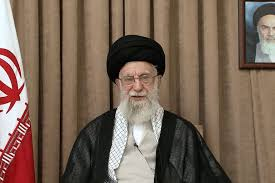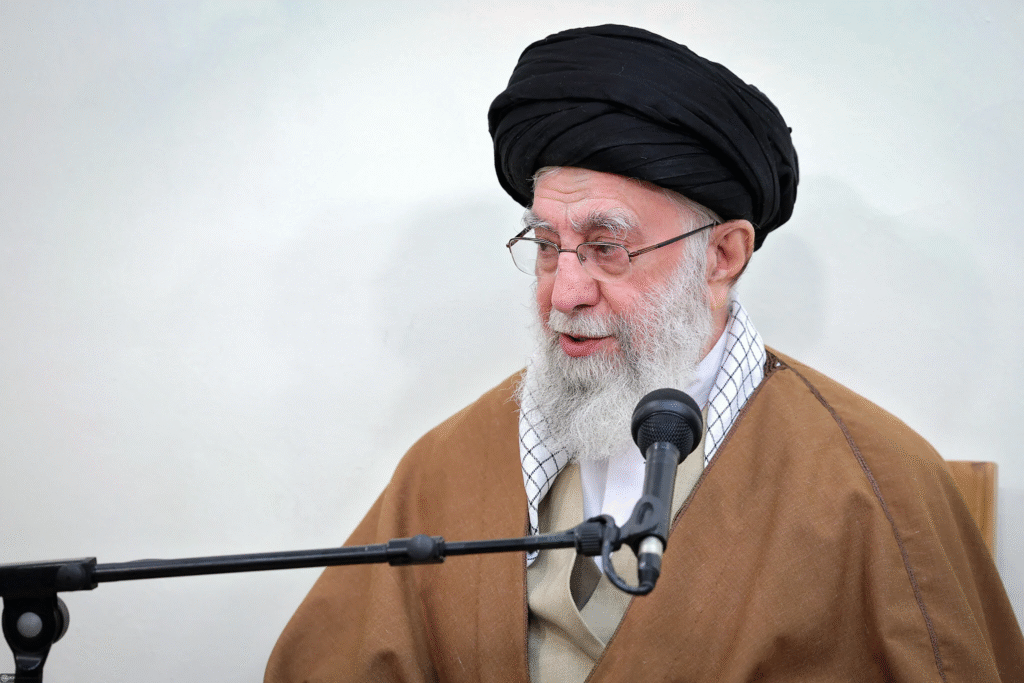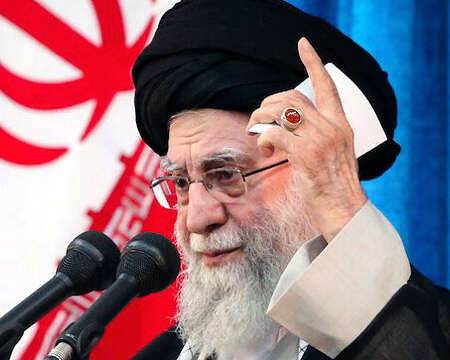
Ayatollah Ali Khamenei, Iran’s Supreme Leader, cross political tensions and health rumors in 2025. Read about his influence, regional strategies, and succession plans.
Introduction
In 2025, Ayatollah Ali Khamenei, Iran’s 85-year-old Supreme Leader, remains a key figure in Middle Eastern geopolitics. Amid growing domestic unrest, nuclear negotiations, and speculation about his health, Khamenei’s decisions continue to shape Iran’s future. With regional tensions escalating, his leadership faces unprecedented scrutiny both at home and abroad.
Khamenei’s Health and Succession Rumors
Persistent reports about Khamenei’s declining health have fueled speculation about Iran’s future:
- Recent Appearance: Looked frail during a January 2025 speech (BBC Persian)
- Succession Plans: His son Mojtaba and President Ebrahim Raisi are top contenders
- Expert Views: Analysts predict a power struggle if a transition occurs (Atlantic Council)
The regime denies health concerns, but the question of succession looms large.
Iran’s Domestic Challenges in 2025

Khamenei faces mounting pressure on multiple fronts:
- Economic Crisis: Inflation at 45% and youth unemployment over 30% (Reuters)
- Protests: Women-led demonstrations continue despite crackdowns
- Nuclear Deal Stalemate: Talks with the West remain deadlocked
Hardliners urge tougher measures, while reformers push for gradual change.
Regional Influence and Foreign Policy
Khamenei’s “Resistance Axis” strategy remains active:
- Proxy Networks: Backing Hamas, Hezbollah, and Houthi rebels
- Russia Ties: Arms deals and Ukraine war cooperation deepen
- China Partnership: 25-year strategic agreement progressing
However, Israel’s strikes on Iranian targets in Syria signal growing risks.
Nuclear Program: Red Lines and Risks
Iran’s nuclear ambitions remain a global concern:
- Uranium Enrichment: Now at 60%, closer to weapons-grade (IAEA)
- US Stance: Biden administration weighs new sanctions
- Military Threats: Israel vows action if enrichment crosses 90%
Khamenei insists the program is peaceful but warns of retaliation if attacked.
The Future of Iran After Khamenei

Three possible scenarios dominate discussions:
- Smooth Transition: A handpicked successor maintains status quo
- Power Struggle: Factions clash over Iran’s direction
- Reform Opening: Public pressure forces gradual liberalization
Regional players are preparing for all outcomes.
Conclusion
Ayatollah Khamenei’s 2025 leadership tests Iran’s resilience amid internal and external pressures. Whether managing nuclear tensions or succession planning, his actions will define the nation’s trajectory. As health rumors persist, the world watches closely—the post-Khamenei era could reshape the Middle East’s balance of power.
No responses yet